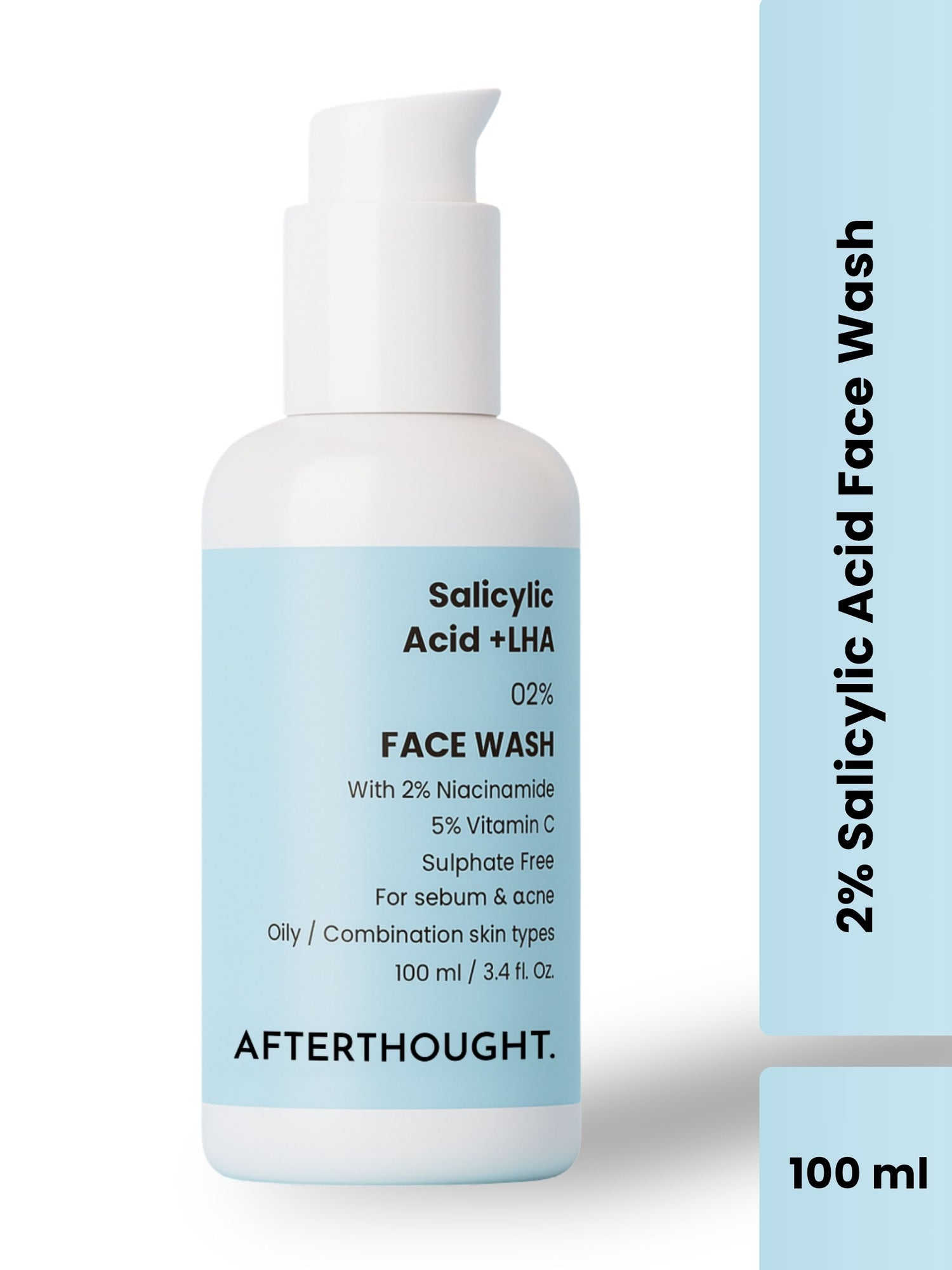How To Take Care of Combination Skin?
Welcome to Afterthought. Combination skin, characterized by an oily T-zone (forehead, nose, and chin) and normal to dry cheeks, can be challenging to manage due to its dual nature. However, with the right skincare routine and products, maintaining a balanced complexion is achievable.
This article will explore the characteristics of combination skin, essential skincare steps, product recommendations, and lifestyle tips to help you achieve a radiant, healthy complexion.
Understanding Combination Skin
Combination skin manifests as a mix of different skin types on different areas of the face:
- T-Zone (forehead, nose, and chin): This area tends to be oilier due to higher sebaceous gland activity.
- Cheeks and Jawline: These areas can range from normal to dry and may be more sensitive.
Common issues faced by individuals with combination skin include:
- Enlarged pores and blackheads in the T-zone
- Dry patches on the cheeks
- Occasional breakouts
Essential Skincare Steps
1. Cleansing
- Morning and Evening: Use a gentle, foaming cleanser that can remove excess oil without stripping the skin of its natural moisture. Look for sulfate-free formulas to avoid over-drying.
- Double Cleansing (Evening): If you wear makeup or sunscreen, start with an oil-based cleanser to dissolve impurities, followed by a water-based cleanser to thoroughly clean the skin.
2. Exfoliation
- Frequency: Exfoliate 1-2 times a week to remove dead skin cells and prevent clogged pores. Over-exfoliation can irritate dry areas and exacerbate oiliness in the T-zone.
- Type: Use a chemical exfoliant containing AHAs (like glycolic acid) for dry areas and BHAs (like salicylic acid) for oily areas.
3. Toning
- Balancing Toner: Choose a hydrating, alcohol-free toner that can balance the skin's pH and prep it for better absorption of subsequent products.
- Application: Apply the toner to the entire face using a cotton pad or by patting it in with your hands.
4. Serums
- Targeted Treatment: Use a hydrating serum with ingredients like hyaluronic acid for the dry areas and a lightweight, oil-control serum with niacinamide for the T-zone.
- Layering: Apply serums to specific areas as needed or mix a small amount of each in your hand before applying to the entire face.
5. Moisturizing
- Lightweight Gel for T-zone: Choose a non-comedogenic, oil-free moisturizer to control shine without clogging pores.
- Richer Cream for Cheeks: Use a more hydrating cream on drier areas to prevent flakiness and maintain a smooth texture.
- Overall Option: A balanced moisturizer with a gel-cream texture can work well for the entire face if you prefer a simpler routine.
6. Sun Protection
- Daily Sunscreen: Apply a broad-spectrum SPF 30 or higher every morning. Look for a lightweight, non-greasy formula that won't exacerbate oiliness or dryness.
Product Recommendations
1. Cleansers:
- CeraVe Foaming Facial Cleanser
- La Roche-Posay Toleriane Purifying Foaming Cleanser
2. Exfoliants:
- Paula’s Choice Skin Perfecting 2% BHA Liquid Exfoliant
- The Ordinary Glycolic Acid 7% Toning Solution
3. Toners:
- Thayers Alcohol-Free Rose Petal Witch Hazel Toner
- Pixi Glow Tonic
4. Serums:
- The Ordinary Niacinamide 10% + Zinc 1%
- Vichy Mineral 89 Hyaluronic Acid Face Serum
5. Moisturizers:
- Neutrogena Hydro Boost Water Gel
- Clinique Moisture Surge 72-Hour Auto-Replenishing Hydrator
6. Sunscreens:
- EltaMD UV Clear Broad-Spectrum SPF 46
- La Roche-Posay Anthelios Melt-in Milk Sunscreen SPF 60
Lifestyle Tips
- Diet and Hydration: Consume a balanced diet rich in fruits, vegetables, and healthy fats. Drink plenty of water to keep your skin hydrated from the inside out.
- Stress Management: Practice stress-reducing activities like yoga, meditation, or regular exercise to keep your skin looking its best.
- Avoid Touching Your Face: Minimize touching your face to reduce the transfer of dirt and bacteria, which can cause breakouts.
- Regular Sleep: Aim for 7-8 hours of quality sleep each night to support overall skin health and repair.
Conclusion
Taking care of combination skin requires a thoughtful approach that addresses the unique needs of both oily and dry areas. By following a consistent skincare routine, choosing the right products, and adopting healthy lifestyle habits, you can achieve a balanced, glowing complexion. Remember to adjust your routine as needed and listen to your skin’s changing needs to maintain optimal skin health.

